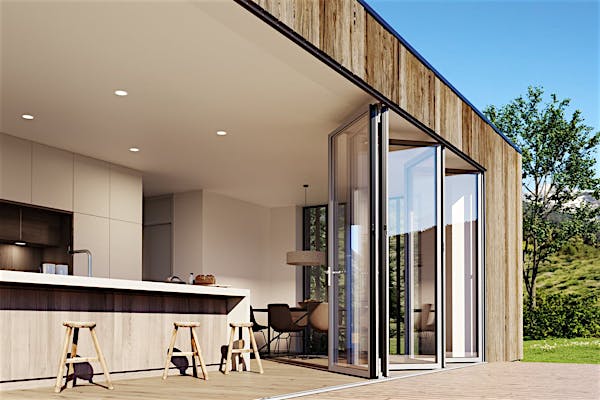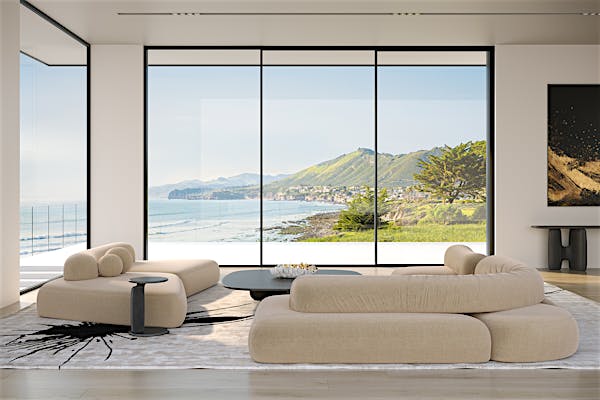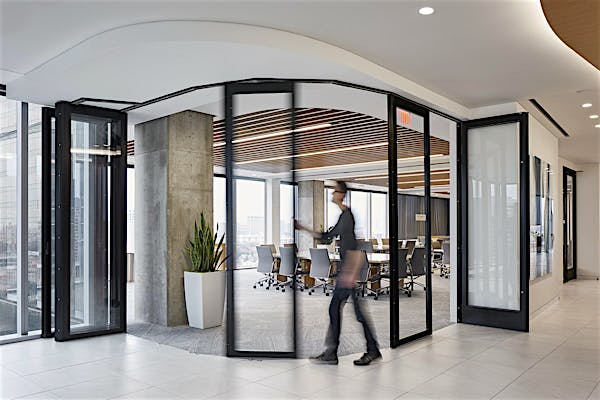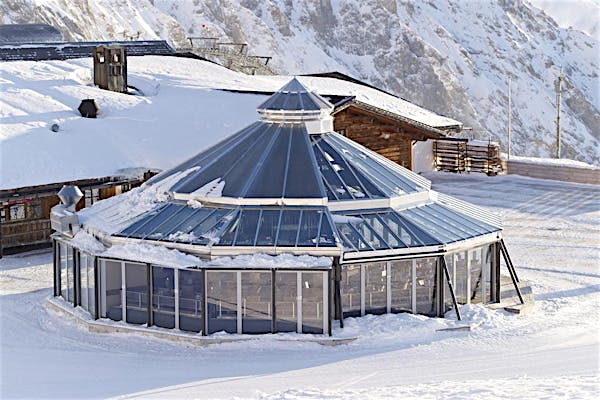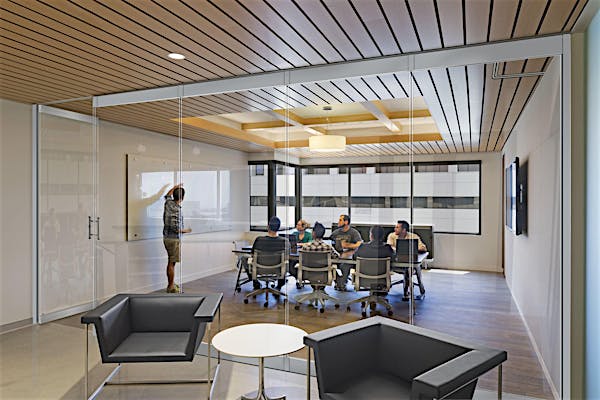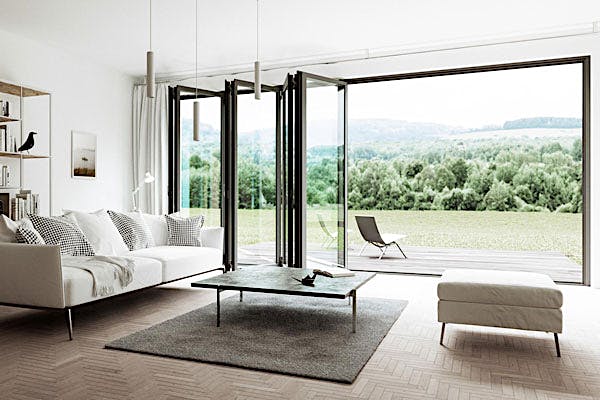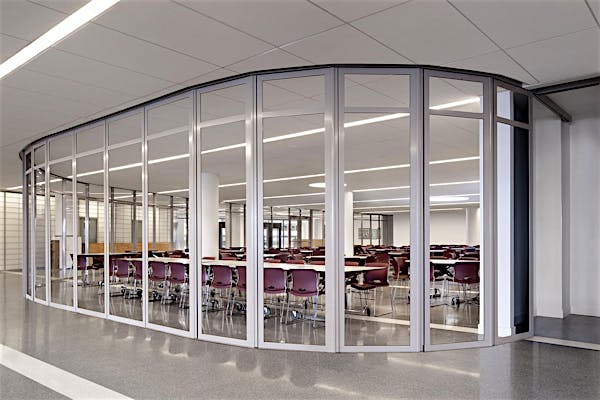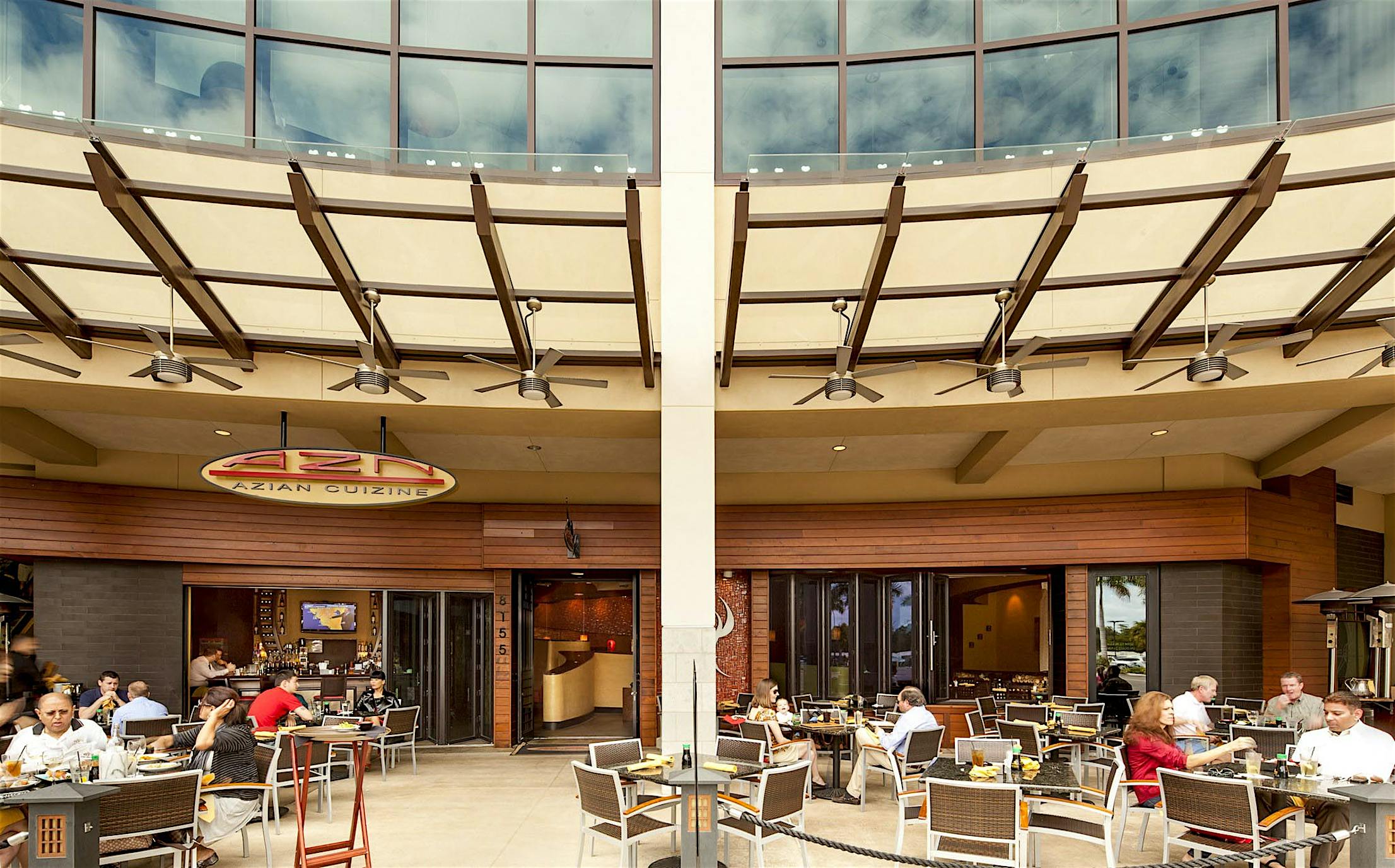
Restaurant owners are finding creative ways to keep their businesses afloat with many turning to open restaurant design to facilitates outdoor dining. In New York, the success of Open Restaurants, a program that encourages outdoor dining by allowing eateries to extend seating onto sidewalks and closed-off street sections, has declared it permanent. During a time when health and wellness concerns have influenced social dynamics, outdoor dining offers struggling businesses a chance to continue serving patrons and to keep the industry thriving. NYC’s response to support its restaurants places an emphasis on the benefits of open restaurant design, and the innovative structural solutions that make it possible, presenting an immediate solution to keep businesses running. The appeal of outdoor dining, however, precedes social distancing mandates as a sought-after commodity with an array of benefits.
The Health Benefits of Outdoor Dining
One of the factors that drive people out of their homes into a particular restaurant is not only the quality of food and service but also the ambiance offered. With an open restaurant design, patrons have the option of enjoying a change from the typical indoor restaurant scenery for a more natural al fresco experience, but a change of atmosphere is not the only reason driving them outdoors. Natural fresh air ventilation and even the mood boosting abilities of daylight relieve the health and wellness concerns that may arise in public spaces. For most, outdoor dining offers a more relaxing experience than the enclosed walls of a hectic restaurant, regardless of how elaborate the interior design may be.
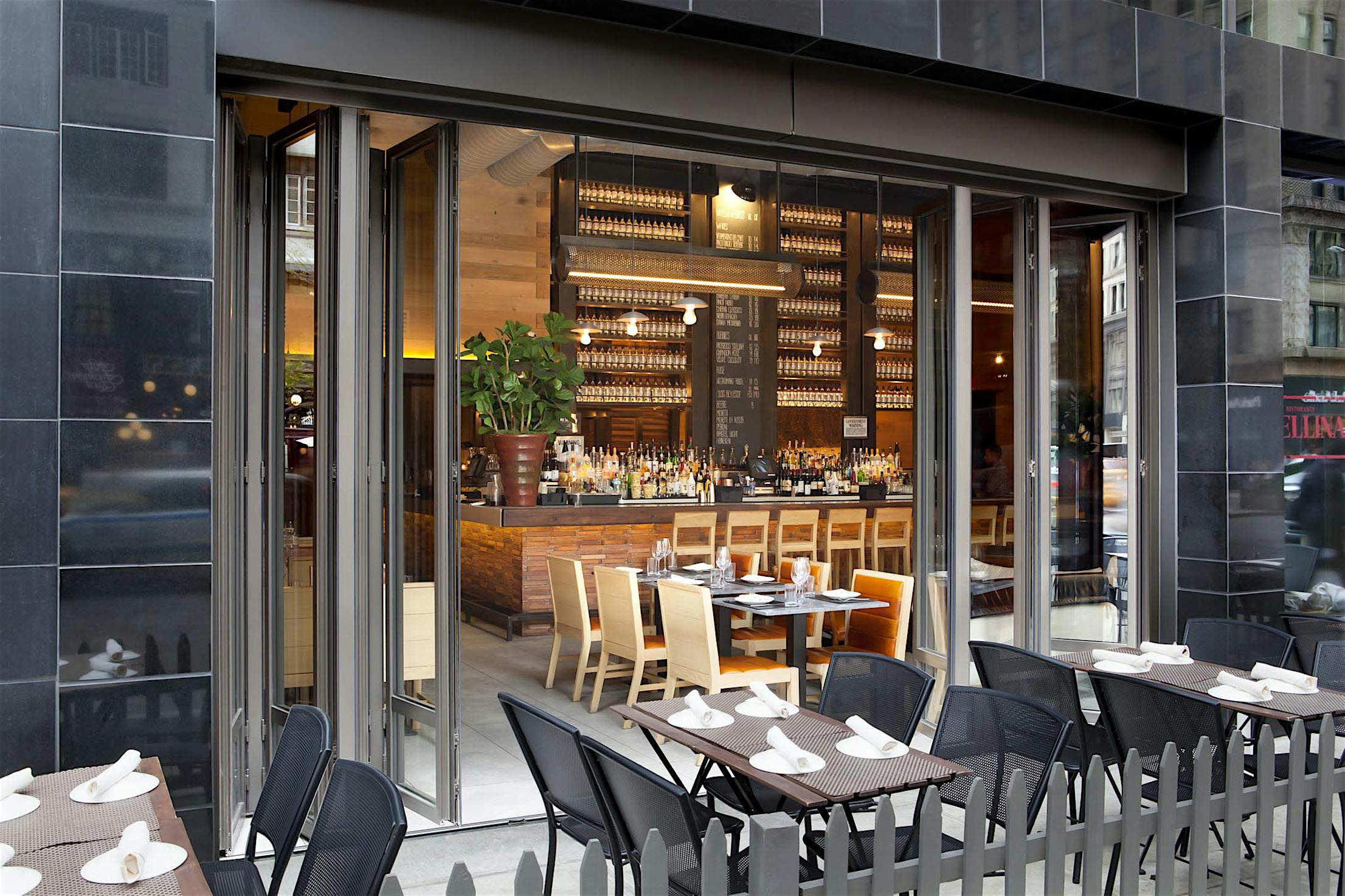
Figure 1 Gansevoort Meatpacking Hotel in NYC offers guests an outdoor dining experience with a NanaWall SL70 system.
Open Restaurant Design: More Seating, More Revenue
For restaurant owners, outdoor seating supports a positive ROI due to its ability to attract and retain customers that seek such commodity. The more seating available the more revenue it allows, enabling the continuous success of businesses in the long run. During social distancing mandates where outdoor dining may be the only option available, open restaurant design has given the wounded industry a chance to continue to serve its customers and thrive. Commercial moving glass walls go hand-in-hand with open restaurant design. These flexible structural solutions enable wide seamless transitions to outdoor seating and blur the lines between indoor and outdoor restaurant environments—even if it means opening towards sidewalks and closed-off parts of the street.
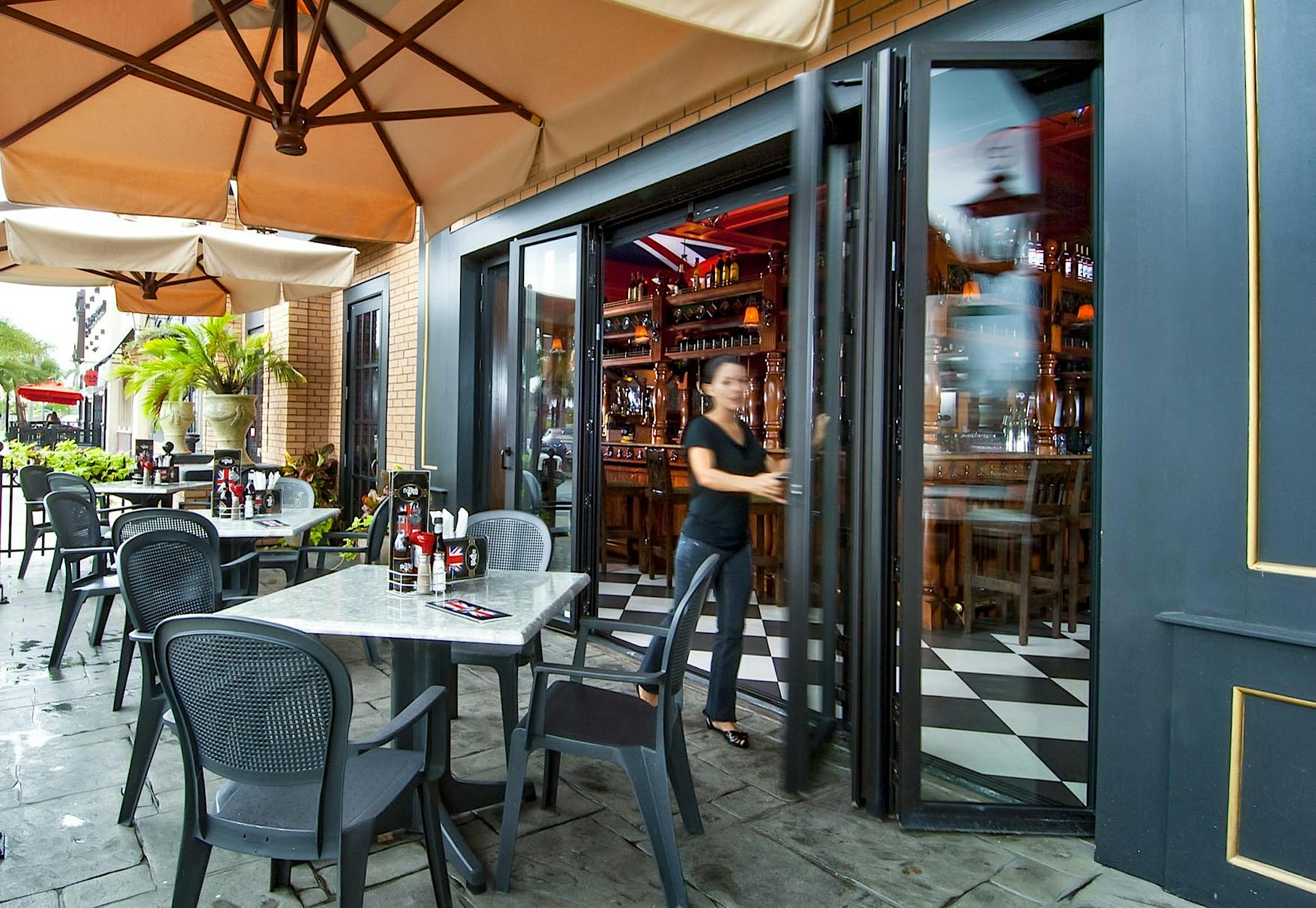
Figure 2 A NanaWall SL73 opens this pub-styled restaurant to outdoor seating on a partially covered sidewalk.
Flexible Solutions Enable Open Restaurant Design
As more restaurants embrace outdoor dining, and in places like New York where seating has expanded onto sidewalks, a design solution that offers these seamless transitions is essential. Whether the opening is large or small, configurable commercial moving glass walls facilitate both social distancing and effective business flow. Waiters can easily serve food without having to constantly open and close obstructive doors.
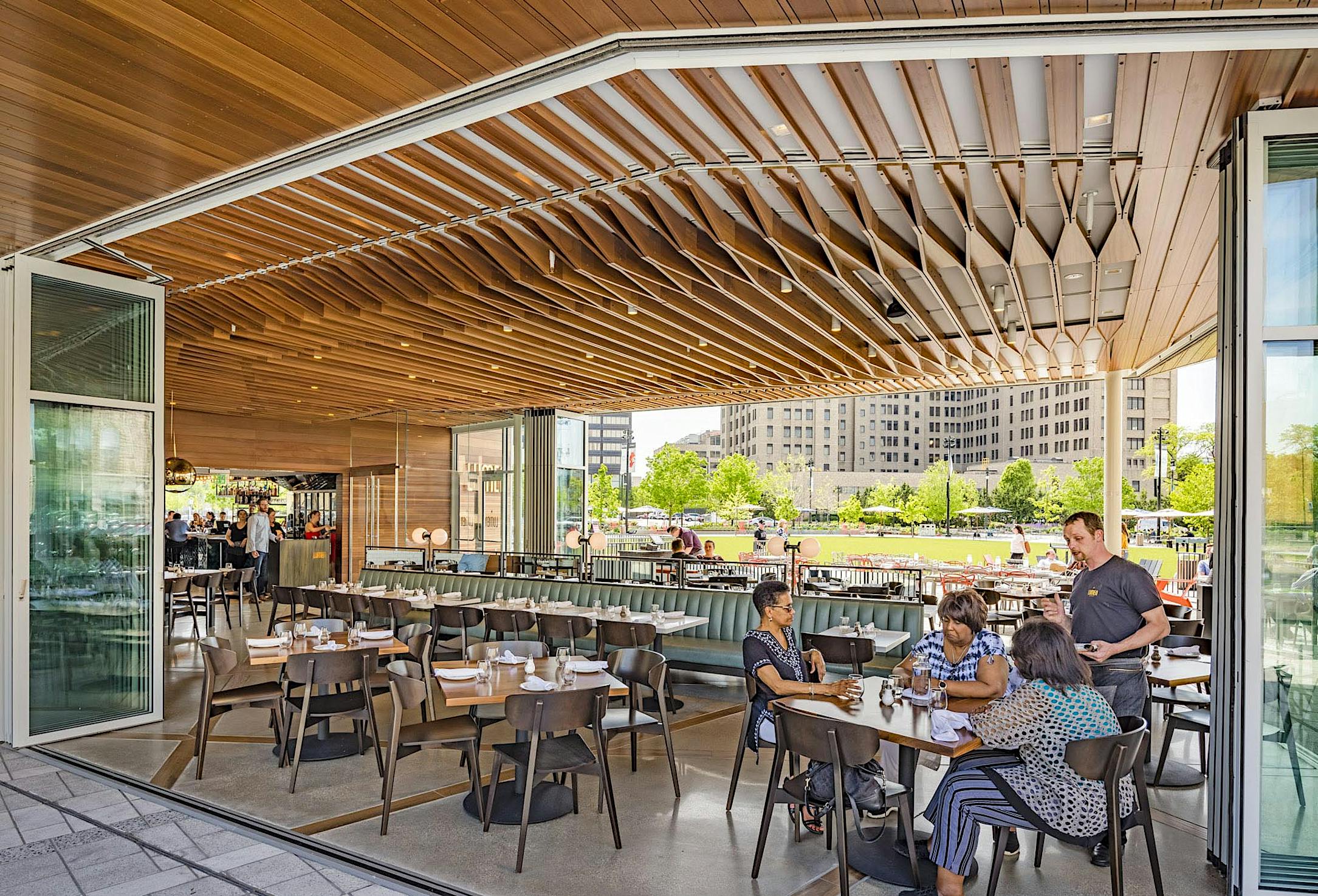
Figure 3 Lumen Detroit’s cantilevered roof paired with multiple opening NanaWall HSW systems offer a protected outdoor seating area for its guests.
As customizable design solutions, commercial moving glass walls can be outfitted to meet the demands of highly trafficked commercial locations. Various ADA compliant track options are available, including weather-performing sills with insulative features. Swing doors can also be configured to facilitate egress and ingress when the system is closed. Commercially rated swing doors have been tested for up to 500,000 cycles without failure.
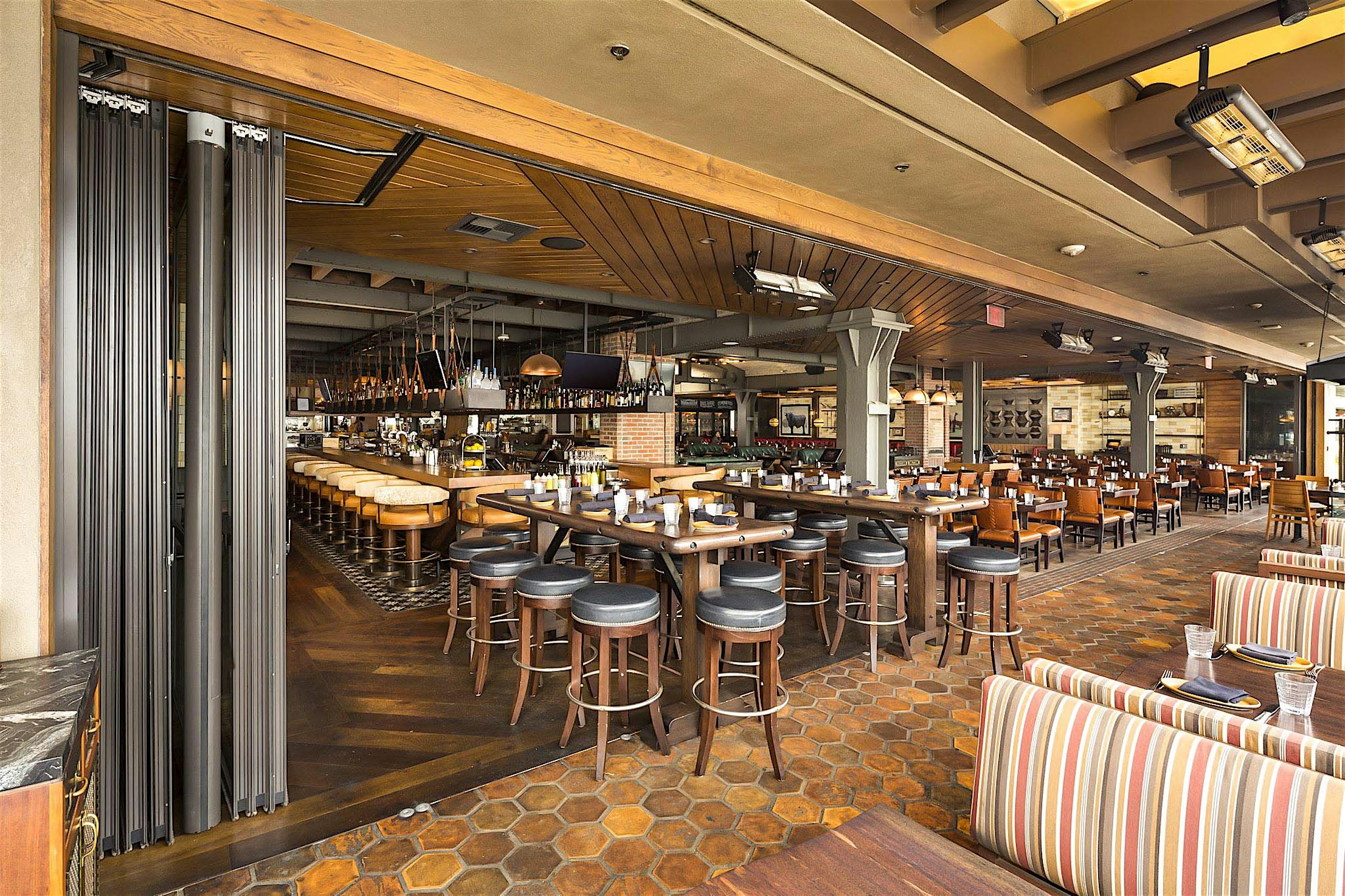
Figure 4 Check out how this NanaWall HSW60 allows seating to smoothly transition into the outdoors at Meat on Ocean.
Year-Round Performance and Durability
The advanced weather performance of NanaWall systems ensures interiors are protected from exterior elements, maintaining a comfortable warm environment for patrons during cold weather season. Reinforced with thermal breaks and the option of triple glazing for ultimate insulation even when sitting right next to the glass. NanaWall systems engineered for cold weather climates have been independently tested for air and water penetration resistance, structural deflection, and forced entry.
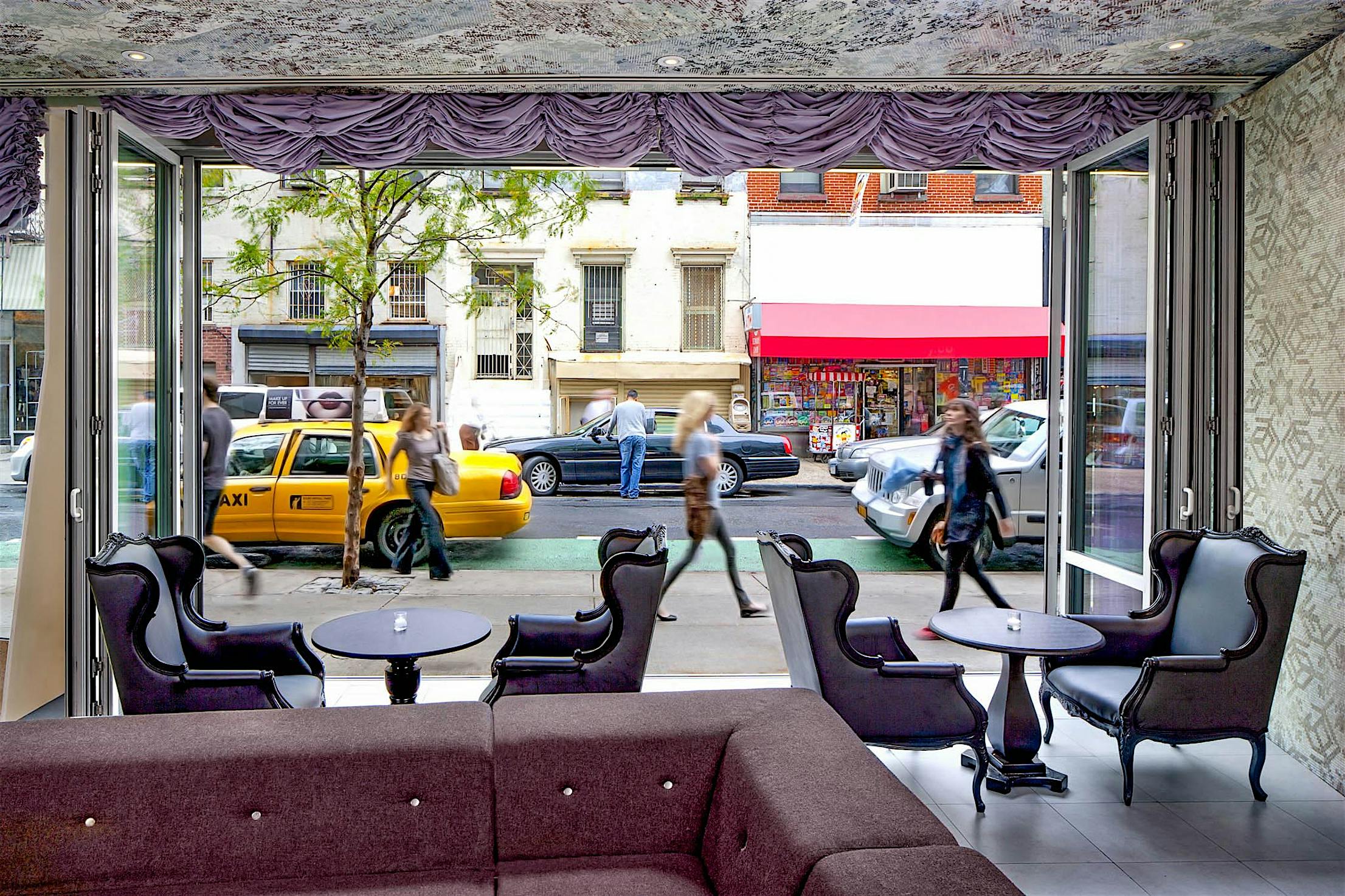
Figure 5 The Hotel on Rivington in NYC has the ability to expand its restaurant's seating onto the sidewalk with an SL70 opening glass wall.
Final Thoughts
Outdoor dining has always been a commodity offered by a few select restaurants that have access to patios, rooftops, or other outdoor spaces. In crowded urban settings like New York where extra outdoor space may not be readily available, the ability for restaurants to extend their seating to the sidewalk is paramount. For those establishments currently without this option, commercial moving glass walls create al fresco dining experiences by eliminating solid wall barriers to the outdoors. A win-win that not only increases seating and healthy dining environments but also attracts passerby as they take notice of what the establishment offers—maintaining business revenue and keeping restaurant staff employed through the seasons.
Check out how other restaurants leverage NanaWall commercial moving glass wall solutions in our Restaurant Applications gallery.
